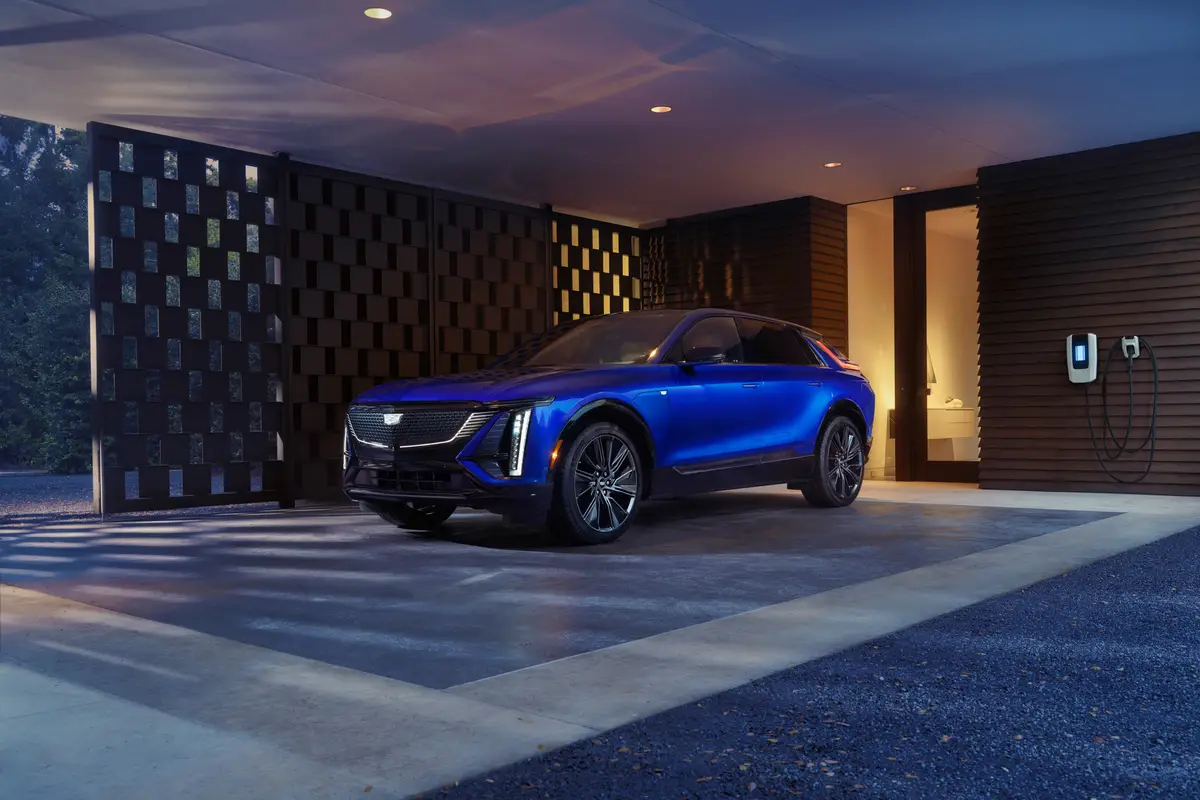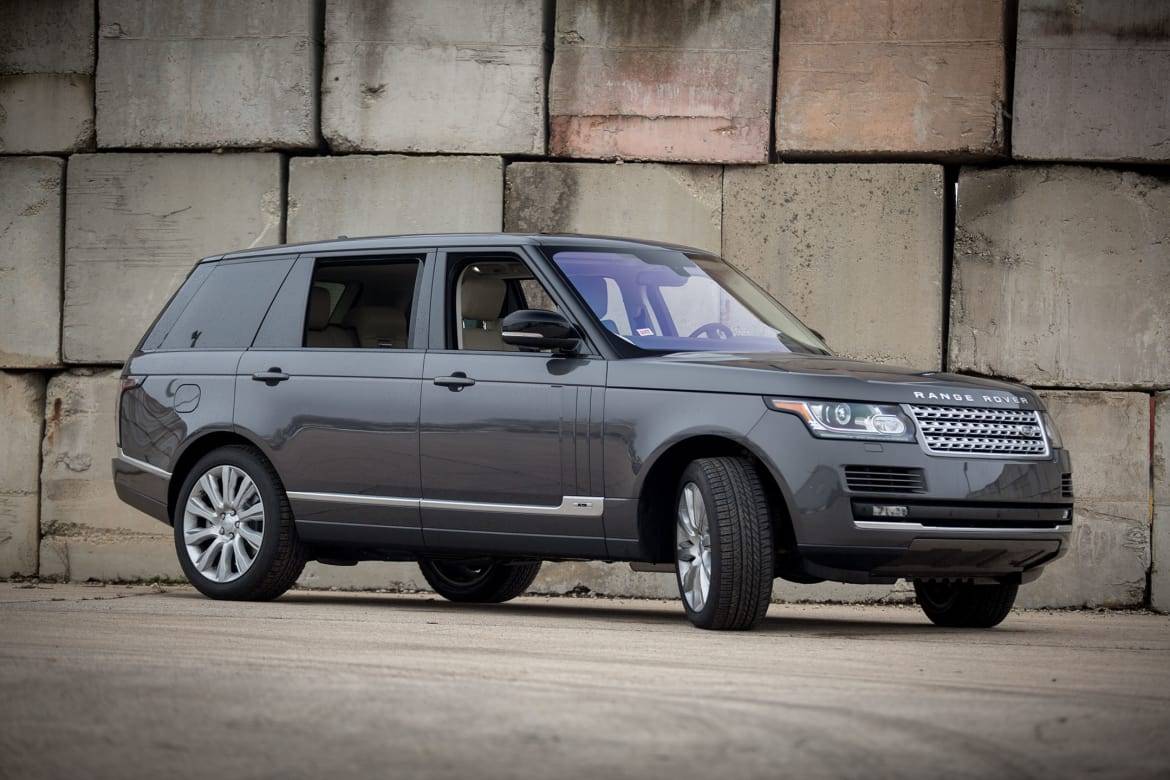Boston.com's view
After a week spent driving the 2006 Toyota RAV4, it’s easy to conclude that the ”mini-ute’s” engineers tired of having sand kicked on them and clipped a magazine advertisement promising that they, too, could bulk up.
But whether the new bulked-up RAV4 will also beef up sales is unclear. Toyota hopes to almost double last year’s number — about 70,000 sold.
Through its first three generations, the RAV4 was a benign, cute box that sold mostly to women. It did not pretend to be capable of off-road cavorting, and in seriously bad weather it often looked overmatched, even as it rolled along just fine — sort of like a scrawny guy on the bodybuilders’ beach.
Toyota has added bulging fender flares, a serious, enwrapping rear bumper, and body lines that accurately mimic the larger Toyota Highlander SUV’s. Plus, it now comes with an optional six-cylinder engine that delivers 269 horsepower (a number I never expected to see associated with a RAV4).
And if you opt for the third row of seats (available in Limited and base models, not in the as-tested Sport) you’ll need the tug of its 246 lb.-ft. of torque. The four-cylinder, 166 horsepower, 165 lb.-ft. that came in the test model would not suffice.
With four people aboard, a bit of engine whine permeated the cockpit.
You would also need the more ample range of the five-speed automatic that comes with the bigger engine, rather than the somewhat twitchy four-speed automatic that accompanies the smaller power plant.
The new RAV4 comes in with either front- or all-wheel drive.
The interior is typically Toyota: Spartan and highly functional.
The large knobs atop the center control stack make fine tuning for climate easy, and as a few frigid New Hampshire days showed, they can be used with gloves on. So, too, can the rectangular series of buttons below that control audio (functions duplicated by controls on the steering wheel).
The control stack is wrapped in a nicely defining brushed faux metal, and storage nooks are located everywhere, including behind the rear cargo area. The second row of seats in the test model folds 60/40 and, with the car’s added length, allows for some substantial cargo hauling (with two occupants up front).
With just 7.5 inches of ground clearance, this RAV4, like its predecessors, makes no boast about being a serious off-road vehicle, but in a few inches of snow it moved slowly and surely.
Front- and second-row legroom was ample, and the side-to-side space, as well as headroom, was noticeably more abundant than in past RAV4s.
To its credit, Toyota has made stability and traction control standard on the RAV4.
Unfortunately, driver and front passenger side air bags, and front and second row side-curtain air bags, are optional. That leaves folks picking between safety (for $650) and such other options as an upgraded sound system with MP3 capabilities ($590), or a tilting/sliding moonroof ($900). Studies have shown that, given a choice, people tend to pick gizmos over safety features — it’s part of the need for instant gratification, I suspect.
But Toyota could certainly make the side bags standard on RAV4 while keeping the base price of the Sport model below $24,000.
Then drivers would enjoy a maximum of standard safety features packaged with a maximum of standard muscularity.
Royal Ford can be reached at ford@globe.com.
Latest news



